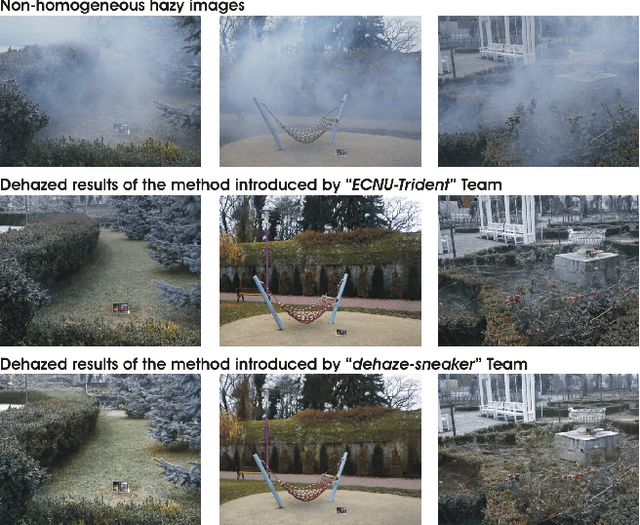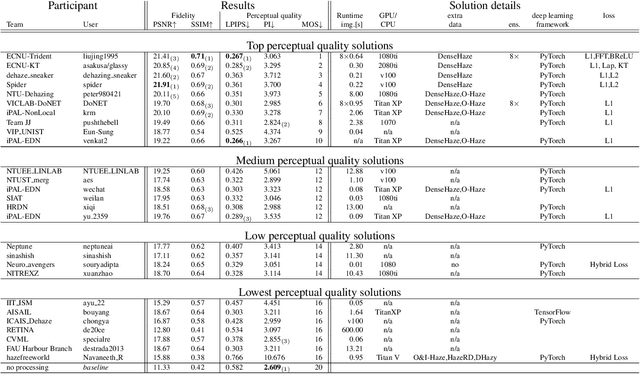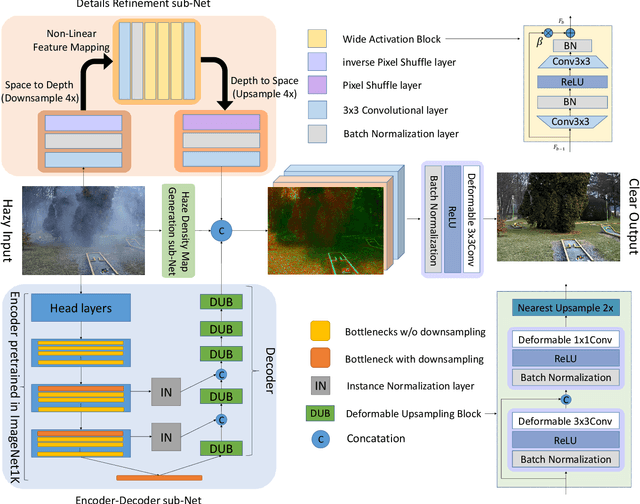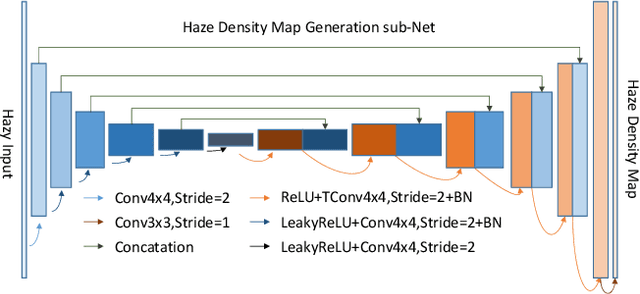Ju-Chin Chao
Test-time Detection and Repair of Adversarial Samples via Masked Autoencoder
Apr 02, 2023Abstract:Training-time defenses, known as adversarial training, incur high training costs and do not generalize to unseen attacks. Test-time defenses solve these issues but most existing test-time defenses require adapting the model weights, therefore they do not work on frozen models and complicate model memory management. The only test-time defense that does not adapt model weights aims to adapt the input with self-supervision tasks. However, we empirically found these self-supervision tasks are not sensitive enough to detect adversarial attacks accurately. In this paper, we propose DRAM, a novel defense method to detect and repair adversarial samples at test time via Masked autoencoder (MAE). We demonstrate how to use MAE losses to build a Kolmogorov-Smirnov test to detect adversarial samples. Moreover, we use the MAE losses to calculate input reversal vectors that repair adversarial samples resulting from previously unseen attacks. Results on large-scale ImageNet dataset show that, compared to all detection baselines evaluated, DRAM achieves the best detection rate (82% on average) on all eight adversarial attacks evaluated. For attack repair, DRAM improves the robust accuracy by 6% ~ 41% for standard ResNet50 and 3% ~ 8% for robust ResNet50 compared with the baselines that use contrastive learning and rotation prediction.
NTIRE 2020 Challenge on NonHomogeneous Dehazing
May 07, 2020



Abstract:This paper reviews the NTIRE 2020 Challenge on NonHomogeneous Dehazing of images (restoration of rich details in hazy image). We focus on the proposed solutions and their results evaluated on NH-Haze, a novel dataset consisting of 55 pairs of real haze free and nonhomogeneous hazy images recorded outdoor. NH-Haze is the first realistic nonhomogeneous haze dataset that provides ground truth images. The nonhomogeneous haze has been produced using a professional haze generator that imitates the real conditions of haze scenes. 168 participants registered in the challenge and 27 teams competed in the final testing phase. The proposed solutions gauge the state-of-the-art in image dehazing.
 Add to Chrome
Add to Chrome Add to Firefox
Add to Firefox Add to Edge
Add to Edge